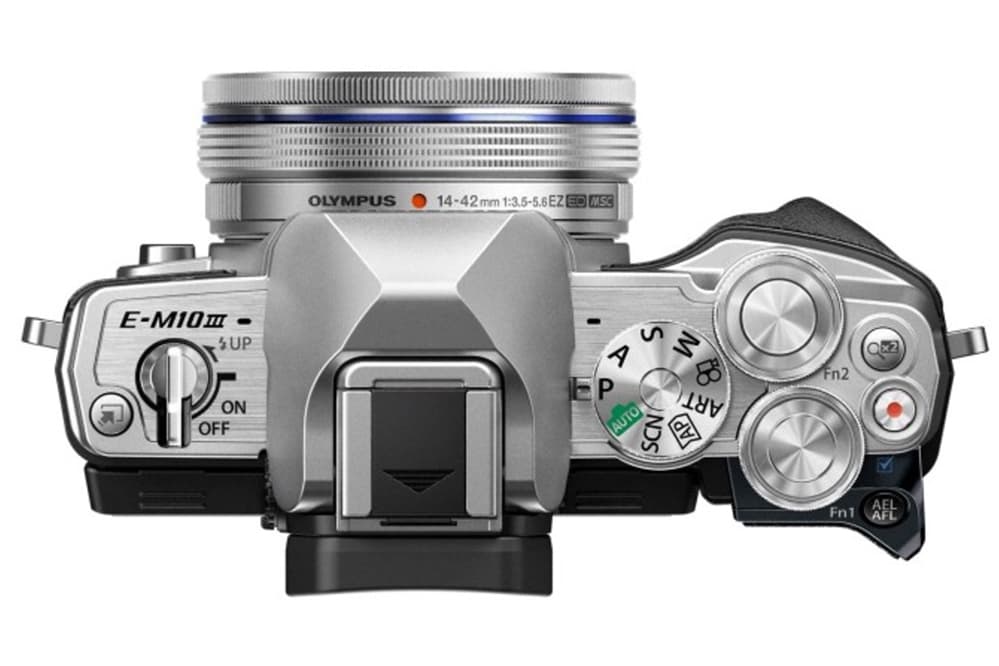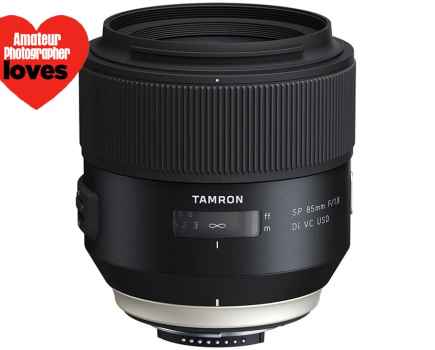The recently released E-M10 Mark III serves as the entry-level model to the OM-D range, below the flagship E-M1 Mark II that costs more than double.
While the E-M10 III and E-M1 II might look broadly similar, there are quite a few differences. The E-M10 III is noticeably smaller and lighter for starters, and lacks the aluminium-alloy construction and weather sealing of its more expensive sibling. That said, it’s still very well made and feels solid enough in the hand. It’s also very generously featured for an entry-level model. The most impressive thing about the E-M10 III isn’t just how it manages to pack in so many features, but also how easy it makes them to use.
This is primarily down to Olympus’ decision to redesign the E-M10 III’s user interface in order to make it more intuitive for new users. Olympus has undoubtedly done a really good job, with good use being made of the camera’s touchscreen LCD display. The addition of a new Advanced Photography (AP) setting on the mode dial lets you to find and use some of the camera’s more advanced features quickly, including HDR and Keystone Correction.
While resolution remains at 16-million-pixels, Olympus has added a more up-to-date image processor in the shape of the TruePic VIII that improves the E-M10 III’s low-light performance. It also gains some brand new additions, including 4K video capture and a new 121-point autofocus system. Rounding things off is built-in 5-axis image stabilisation technology, which provides up to four stops of shutter-speed compensation regardless of whether you’re using a stabilised lens.

Read the full review here.
Price: £699 (with 14-42mm EZ kit zoom)
www.olympus.co.uk










